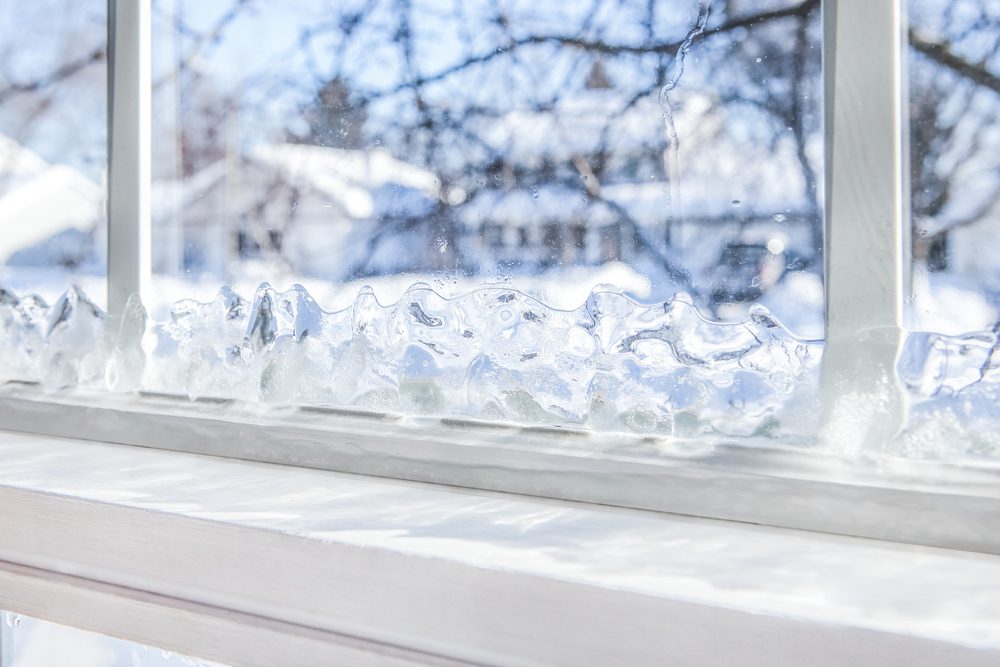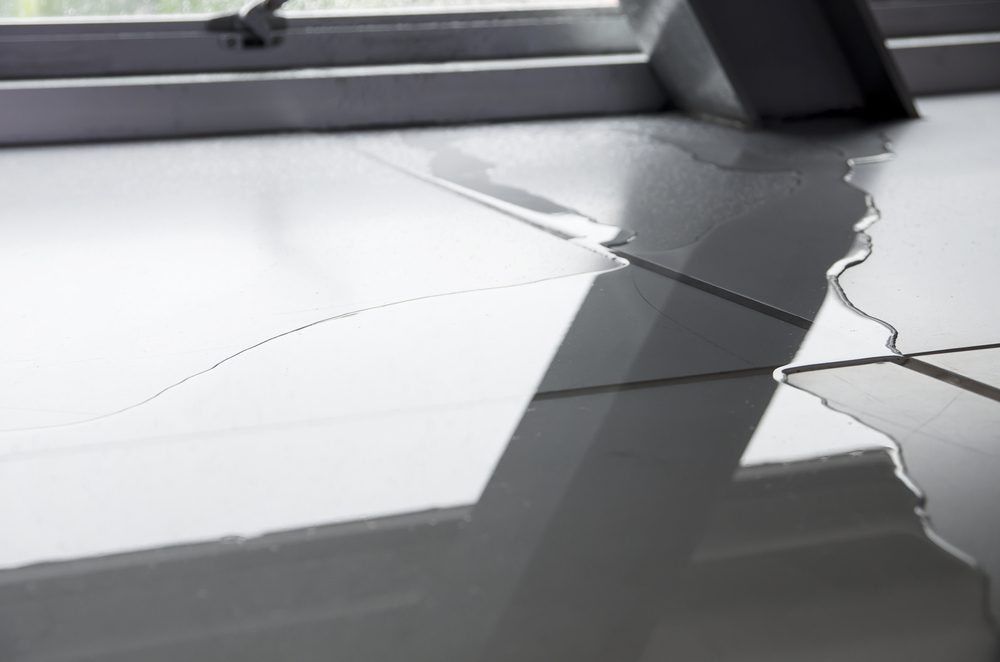
Efficient heat retention is a cornerstone of a comfortable and energy-efficient home. However, the presence of leaky windows can significantly compromise this essential aspect, leading to a host of issues that impact both comfort and energy costs. When windows allow drafts to infiltrate, the warm air produced by your heating system escapes, forcing it to work harder and increasing energy consumption. In this exploration, we’ll delve into the ways leaky windows can affect your home’s heat retention, uncovering the importance of identifying and addressing these issues for a more sustainable and cozy living space.
Checking for Leaky Windows
Leaky windows can significantly impact your home’s ability to retain heat, particularly during the chilly winter months. Understanding the implications of leaky windows is the first step towards ensuring a cozier and more energy-efficient home during those frosty seasons.
How to Fix Leaky Windows
Several common methods are used to seal leaky windows and improve your home’s heat retention. One of the simplest and most cost-effective solutions is applying caulk, a waterproof filler and sealant. This can be used to seal cracks and gaps in the non-movable parts of your window.
Weatherstripping is another popular method. It involves applying adhesive strips made from various materials like vinyl, foam, or metal around the window’s movable parts to block drafts.
Draft snakes are fabric tubes filled with insulating material. They’re typically placed at the bottom of windows (or doors) to prevent cold air from seeping in.
Window insulation film is a versatile yet thin plastic sheet applied directly to your window glass. It creates an insulating barrier between the interior of your home and the window, helping to keep the heat in.
Each method has its advantages and suitability depending on the type and condition of your windows. It’s best to assess your situation or consult a professional to choose the most effective solution for your home.
Fixing Leaky Windows Yourself
A quick tip to identify the origin of your window leak is to use a hose and spray water along the perimeter of your windows. After this test, look for spots where moisture seeps in. This could help you pinpoint the best ways to repair leaky windows and determine whether you or a professional should tackle the task.
Alternatively, another effective method for locating drafts around windows and doors is using the smoke from incense sticks. On a windy day, light an incense stick and slowly move it around the edges of windows and doors. If the smoke wavers or is drawn into certain areas, it indicates air leaks. This simple yet precise technique allows for a targeted approach in sealing drafts, ensuring your home remains comfortable and energy-efficient.
If the leak in your window is due to impaired sealant, it’s something you can mend yourself. Choose a dry day to remove the old sealant from the window edges. Once the area is entirely free of the old sealant, dry, clean, and reapply the new sealant in smooth, uniform lines. If you need more clarification about your ability to reseal the window effectively, it’s always wise to contact a professional.

Hiring a Professional for Leaky Window Repairs
Over time, windows can deteriorate to a point where the only viable long-term solution is window replacement. Hiring a reputable window company ensures the job is done correctly, alleviating any concerns about future leaks.
Year-Round Window Maintenance
Maintaining your windows throughout the year to prevent leaks involves regular inspection and proactive measures. According to various expert sources, these are some of the best practices you can adopt:
- Examine your windows annually to identify leaks or cracks in the paint or material. This proactive, annual check-up can help you spot problems early before they escalate into more severe issues.
- Caulking plays a crucial role in preventing window leaks. If you notice old or damaged caulking, removing it and replacing it with fresh caulk is vital. It should be done on a dry day to ensure the area is clean and dry before reapplication.
- Pay attention to the flashing—a barrier installed to prevent leaks. If the flashing is faulty, it must be fixed to avoid leakage.
- Consider installing overhangs above windows and doors to keep water away from the window in the first place. It can be a highly effective preventative measure against water intrusion.
Incorporating these tips into your annual home maintenance routine lets you keep your windows in top condition and prevent leaks.
Efficient Heating Through Strategic Sealing
Addressing and sealing the leaks around windows and doors in your home is a crucial step in maintaining the efficiency of your heating system. Beyond the immediate benefits of improved warmth and comfort, a well-sealed home ensures that the heating system operates at its optimal level, reducing energy consumption and associated costs. By taking the time to identify and seal drafts, you not only enhance the overall efficiency of your heating system but also contribute to a more sustainable and environmentally friendly home. This proactive measure not only conserves energy but also ensures a cozy and cost-effective living space throughout the colder months.
Our Service Locations for your Heating, Cooling and Plumbing Needs
Hutchinson is a leading HVAC service company with service areas in and around New Jersey, Pennsylvania, and Delaware. Here are some of our top service areas:
- Southern New Jersey: Hutchinson’s offers this region’s top-notch heating and air services in 191 areas, including Atco, Atlantic City, Clayton, and Fairfield.
- Philadelphia: The company provides HVAC services in 100 areas in Philadelphia. Locations include Bala Cynwyd, Berwyn, Aston, and Philadelphia.
- Delaware: Hutchinson’s services extend its services to 12 areas in Delaware, including Delaware City, Kirkwood, New Castle, and Montchanin.
These areas represent key service locations for Hutchinson, where we provide comprehensive HVAC services.

